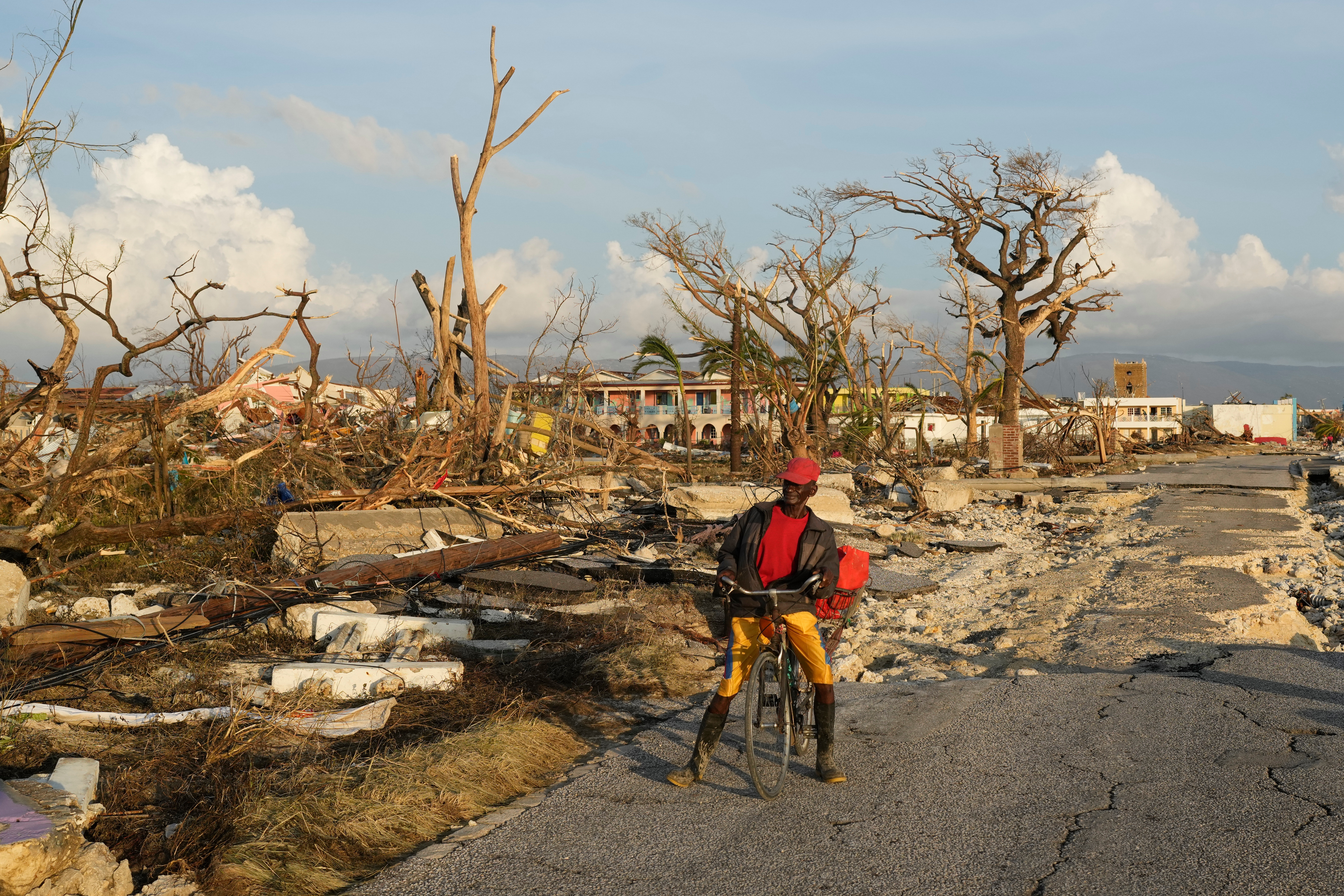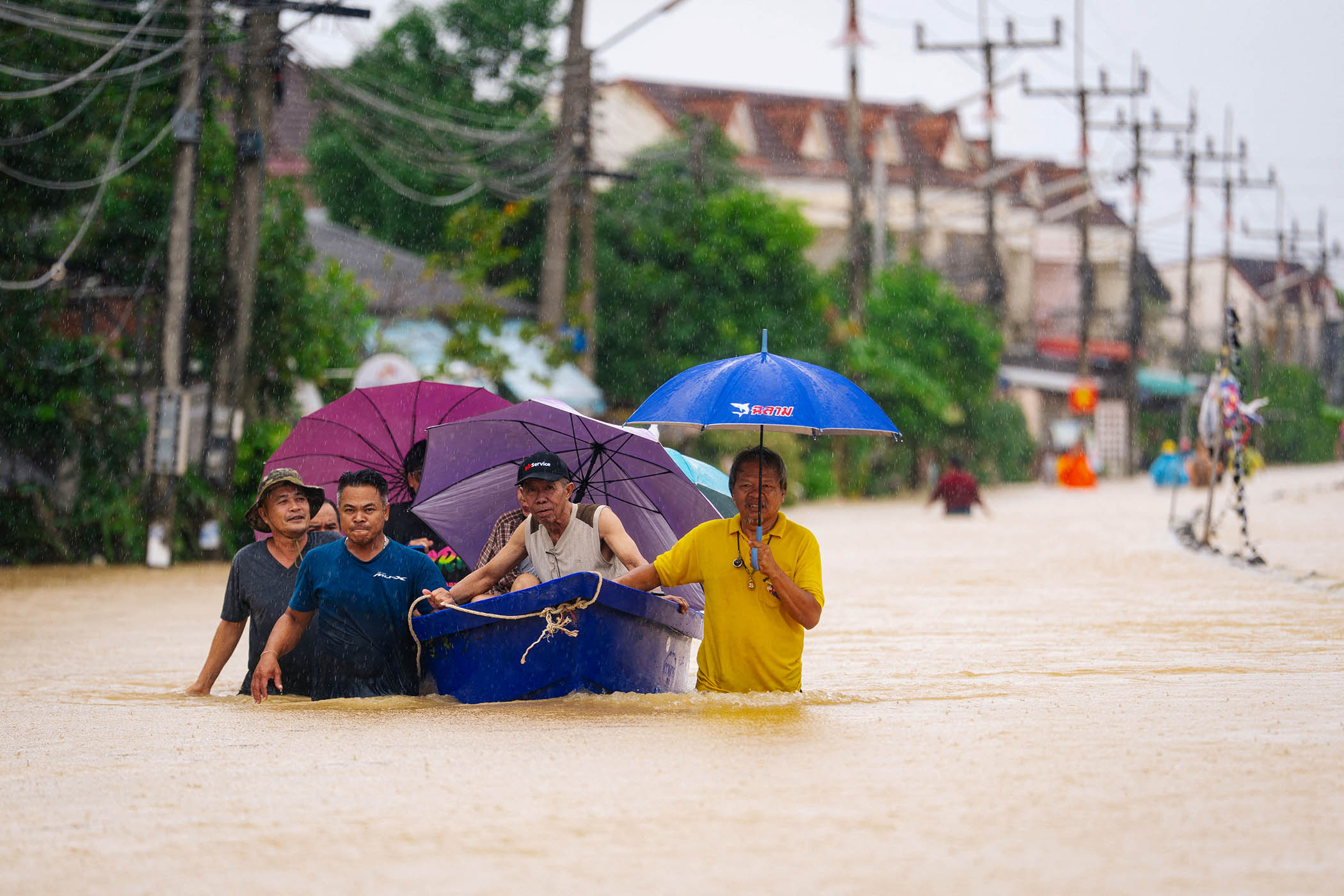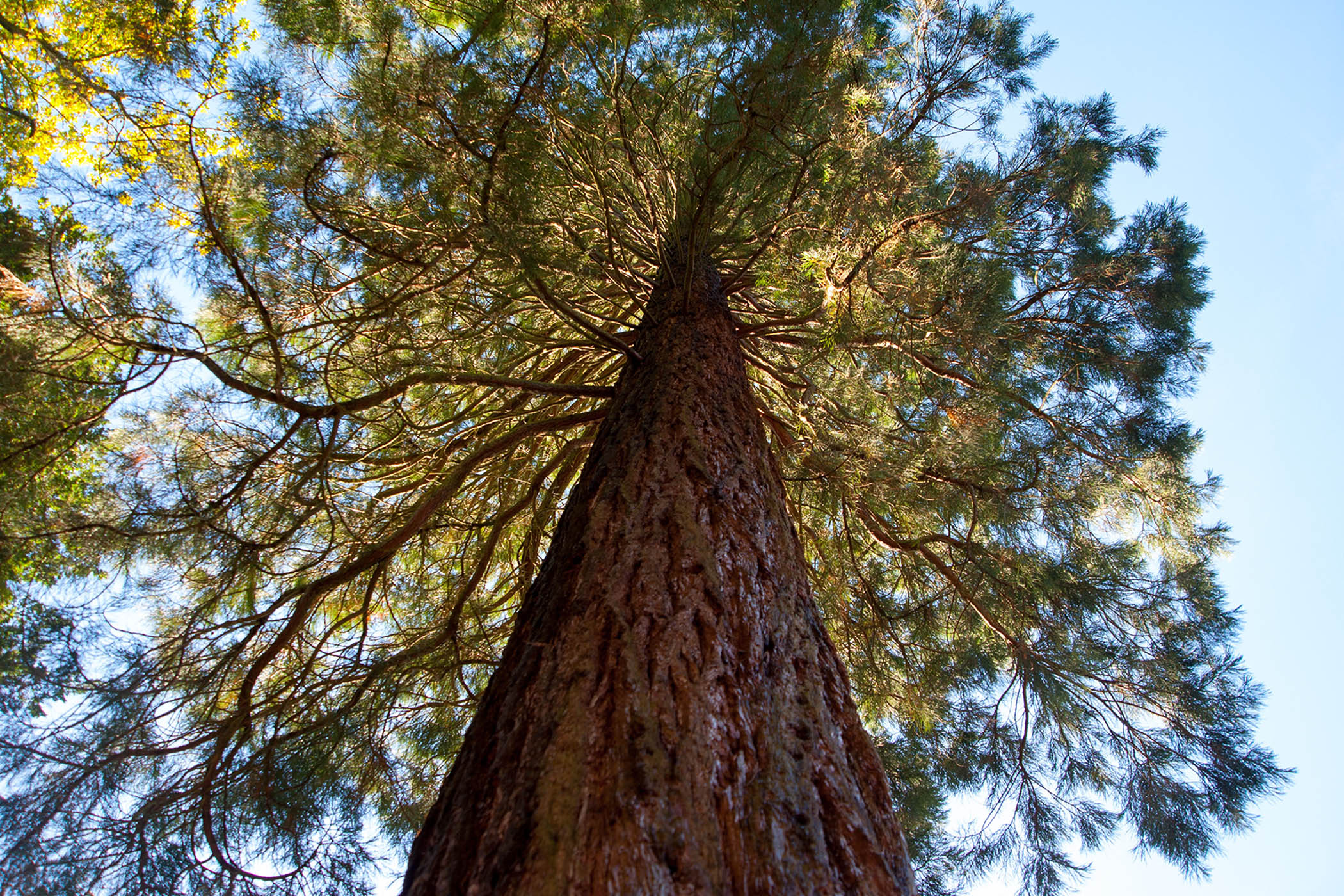The mighty hurricane Melissa, as it made landfall on Jamaica, focused directly on the parish of St Elizabeth, described by officials as the “breadbasket of the country”. A mainly rural parish to the south-west of the island, St Elizabeth is dotted with small villages, a celebrated resort – Treasure Beach – and rises towards the mountainous interior. One such high-up village, Accompong, is a historical site near the border with Trelawny parish where Africans enslaved under Spanish rule, together with the remaining indigenous Taíno people (in whose honour I chose my name), freed themselves and established an inaccessible fort during the 17th-century naval conflict in which the island was ceded to Britain. The Taíno had lived on the island for more than 800 years and knew its topography – and the necessity of seeking higher ground when storms approached.
St Elizabeth is where my maternal grandparents were raised before leaving for England during the 1950s Windrush migration wave. Back then, Jamaica was walking an uncertain path towards independence while suffering from the knock-on effects of Britain’s role in the second world war. It remained a colonial possession, yet the funds it would normally have received from the “mother country” were diverted to the war effort. The island was still recovering from the 1944 hurricane that destroyed its banana and coconut crops, on which it was economically dependent.
Demand for its Blue Mountain coffee, considered the highest quality in the world, withered. Wartime legislation blocked seasonal labour in the US, deepening unemployment and poverty. Its plentiful bauxite – the world’s main source of aluminium – was yet to be industrialised. Despite this hardship,Jamaica took the lead in donating money to help Britain build fighter planes. The postwar call for Caribbean nationals to migrate to the UK was met with relief and enthusiasm.
My late grandmother, Isoline, was 29 when she left her village of Burnt Savanna, near Black River, the parish capital dubbed “ground zero” by prime minister Andrew Holness in the aftermath of Melissa. Her future husband, Cyril, also from St Elizabeth, met her only after both had settled in England. Black River, once a wealthy slave-era port, has now been obliterated by 180mph winds and submerged under catastrophic amounts of careening brown water. Power lines have been destroyed. Up to 90% of roofs have been ripped away, including my great uncle’s.
To say that Jamaica does not have the infrastructure to withstand annihilating climate events is lazy – few places do. Though vulnerable to earthquakes and hurricanes, it is an upper-middle-income country with thriving agriculture, mining and services sectors. It hosts almost double its population annually in tourism. Jamaica is a country that never gets too hot, but is never cold, so requires a certain building style. Public infrastructure has improved steadily since the 1990s, yet even the most solid structures have failed. In Black River, an 18th-century Anglican church has been flattened, only its bell tower left standing
Related articles:
Jamaica could invest in new architectural materials better suited to its changing climate, but it simply lacks the finances
We see similar things in the UK most years now, particularly to the south and west where milder, wetter winters cause rivers to swell and flood unprepared valleys – and that’s without storms anything like Melissa.
Jamaica could invest in new architectural materials better suited to its changing climate, but the nation simply lacks the finances despite its successes. Nor would stronger buildings solve the problem of destroyed crops. And ultimately, this is not Jamaica’s problem to fix.
While it is tragic that Melissa’s path dragged directly through Black River, it cannot be denied that such climate events are happening with greater regularity and intensity because of the refusal by the global north to prioritise the environmental over the financial. Jamaicans, and Caribbean nations more broadly, have contributed almost nothing to the climate crisis, yet bear the greatest losses. They repeatedly cripple their economies to rebuild after disasters not of their making. Donations are welcome, but this is not a matter of charity. Meaningful conversations need to be had as to how Caribbean nations came to be and what they are owed.
Jamaica is important, as are Cuba and Haiti, also ravaged by Melissa. One of Jamaica’s mottos is wi lickle but wi tallawah – we are small, but we are strong and mighty. For centuries, Jamaicans have made the best of what they have, and for a nation of its size, its cultural shadow is vast. From Bob Marley and Grace Jones to Chris Gayle and Usain Bolt, Jamaica’s influence in music, sport and political thought is global. Reggae, Rastafari and Pan-Africanism were born there. Writers and thinkers such as Marlon James, Claude McKay, Linton Kwesi Johnson, Sylvia Wynter and Stuart Hall have shaped modern culture. The island’s rebel spirit runs through contemporary working-class identity worldwide.
When slavery was abolished in the British colonies in 1833, more than £17bn in today’s money was raised by the UK taxpayer to compensate the slavers. The formerly enslaved and their dependants received nothing. That total was only paid back to the British government in full in 2015, meaning my grandparents and parents spent virtually their entire working lives paying off the estates of their oppressors. Reparations are essential if Caribbean nations are to survive a crisis not of their making. They must futureproof themselves and show others – including the UK – how to outpace the winds of change. What is happening there today will happen here tomorrow. It is time to pay Jamaica its debt.
Taíno Mendez is the Jamaican-British author of Rainbow Milk
Photograph by AP Photo/Matias Delacroix


